Anzac Day is a patriotic holiday in Australia and New Zealand. The holiday, celebrated on April 25, honors people who have served in the armed forces of those two countries. Its name comes from the Australian and New Zealand Army Corps (ANZAC), a combined overseas military force formed during World War I (1914-1918) that gained a reputation for its bravery and skill.
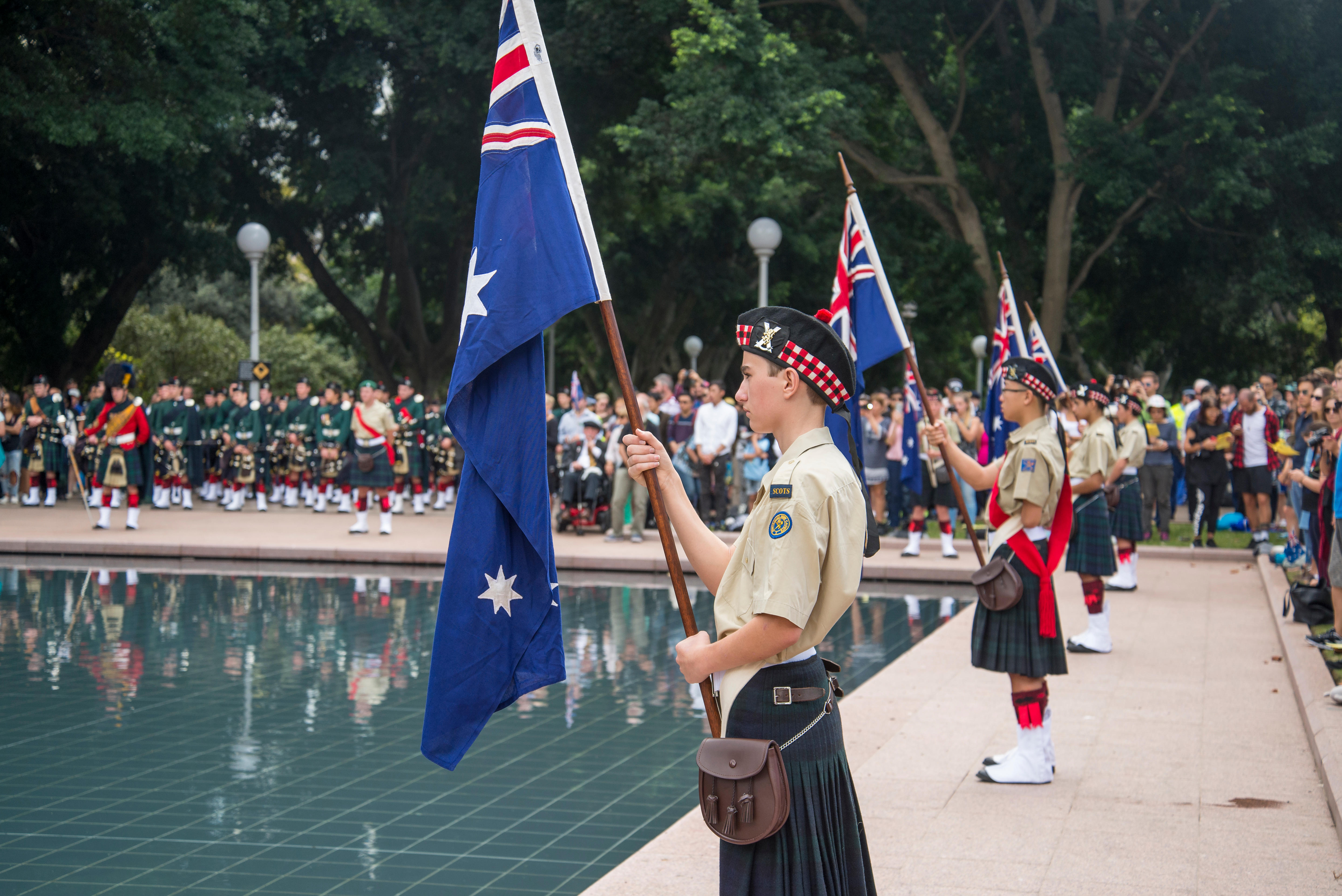
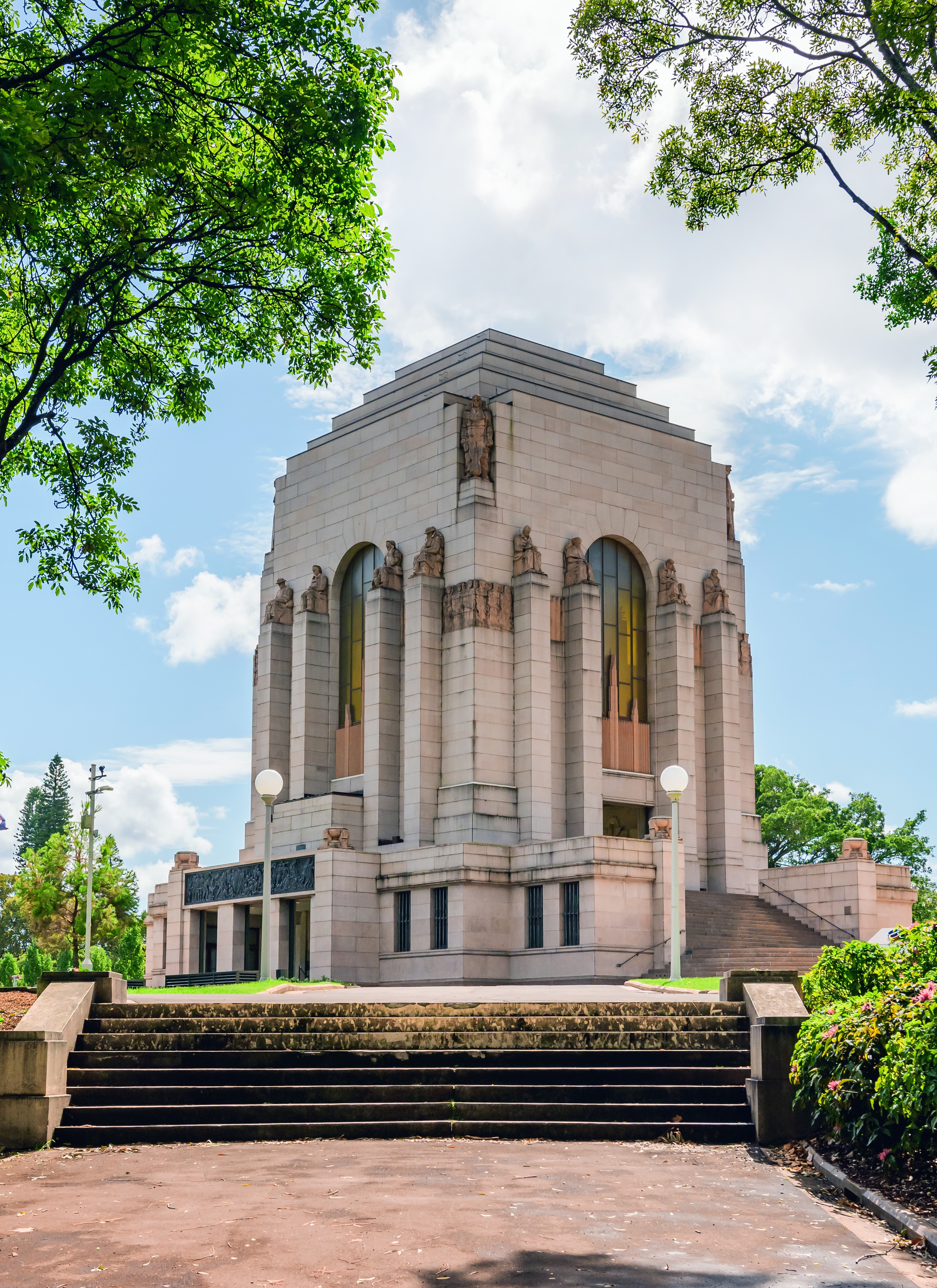
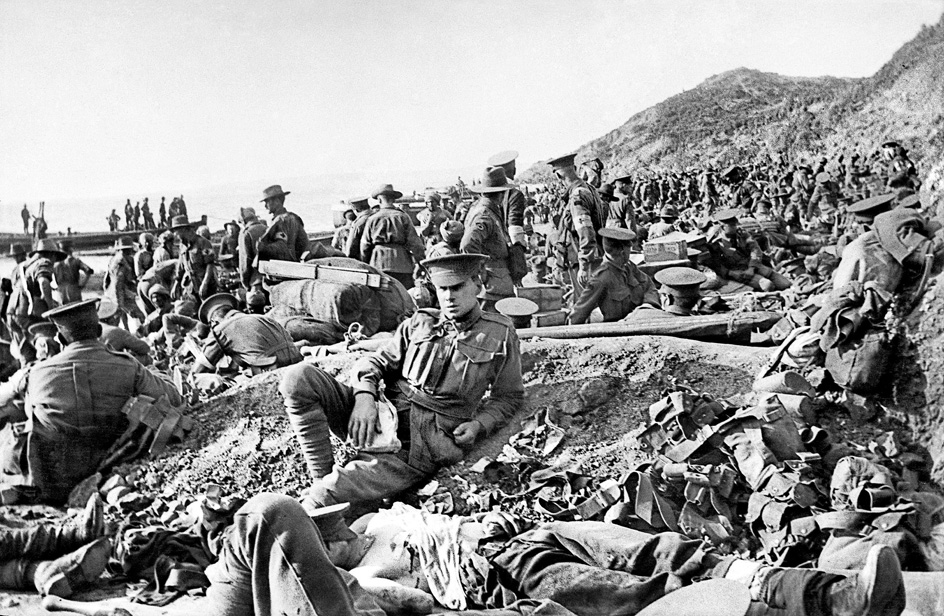
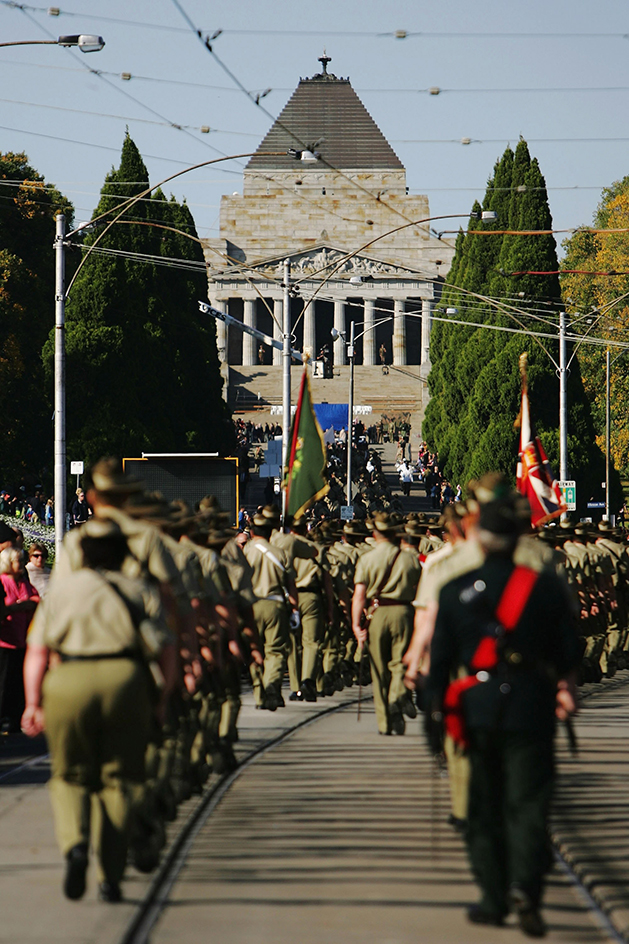
Anzac Day marks the anniversary of the landing of ANZAC and other Allied forces on the Gallipoli Peninsula in what is now Turkey, on April 25, 1915. During World War I, the Allies—an alliance that included the United Kingdom, France, and Russia—fought against the Central Powers—Germany and Austria-Hungary. Australia and New Zealand were self-governing dominions within the British Empire and chose to send troops to fight alongside the United Kingdom. As the war progressed, additional countries joined each alliance. The Ottoman Empire, centered in what is now Turkey, entered the war as a German ally in October 1914.
The Gallipoli landing was, at the time, the largest amphibious assault (attack involving naval and land forces) in history. The Allied force mainly included troops from the United Kingdom, France, Australia, New Zealand, and India. Although the Allied troops fought with great courage, the Ottoman defense held firm. After months of bitter fighting, the Allied troops withdrew in December 1915 and January 1916. Australia lost more than 8,000 men, and New Zealand lost more than 2,700. Over 23,000 ANZAC soldiers were wounded during the campaign.
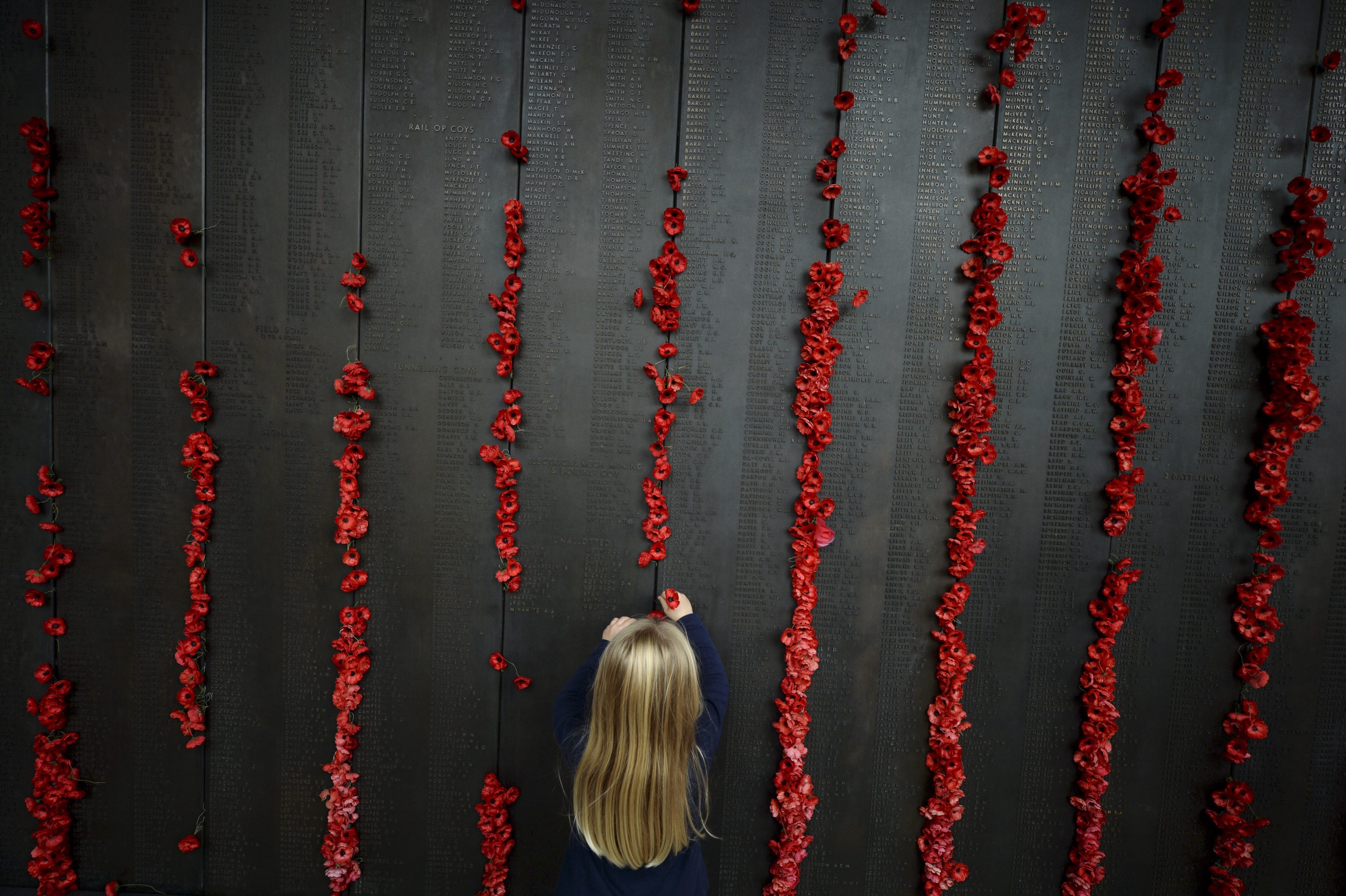
Anzac Day was first observed on April 25, 1916, to commemorate the anniversary of the Gallipoli landing. By the 1920’s, the day had become a day to remember all Australians and New Zealanders who had died in World War I. In 1920, New Zealand officially declared April 25 a national holiday. During a 1921 premiers’ conference, Australian leaders agreed that April 25 should be the day on which to hold Anzac Day celebrations. By the end of the 1920’s, all the states of Australia had passed legislation to make Anzac Day a legal holiday.
After World War II (1939-1945), Anzac Day became a time to remember people who died in that war as well. Since then, the holiday has come to be a day of remembrance to honor Australians and New Zealanders who died in wars, as well as an occasion to honor veterans and those currently serving in the armed forces.
Anzac Day is observed with dawn services at war memorials and other public places, as well as with parades and other memorial ceremonies. Many Australians and New Zealanders travel to what is now known as Anzac Cove on the Gallipoli Peninsula to participate in Anzac Day memorial services there.
The first official dawn service was held in Sydney, Australia, in 1928. The Sydney dawn service traditionally features a reading of the “Ode of Remembrance,” written by the British poet Laurence Binyon shortly after the outbreak of war in 1914 as part of his poem “For the Fallen.” The selection reads:
They shall not grow old, as we that are left grow old: Age shall not weary them, nor the years condemn. At the going down of the sun and in the morning We will remember them.
The audience then responds: “We will remember them.”
Other Anzac Day traditions include wearing rosemary and eating Anzac biscuits. Rosemary, a traditional symbol of remembrance, grows wild on the Gallipoli Peninsula. Anzac biscuits resemble the oat biscuits eaten by ANZAC troops during the campaign. In New Zealand, it is common to wear poppy flowers on Anzac Day, whereas in Australia it is more common to lay poppy wreaths at memorial sites. The poppy has been adopted as a symbol of remembrance of World War I throughout the British Commonwealth.
